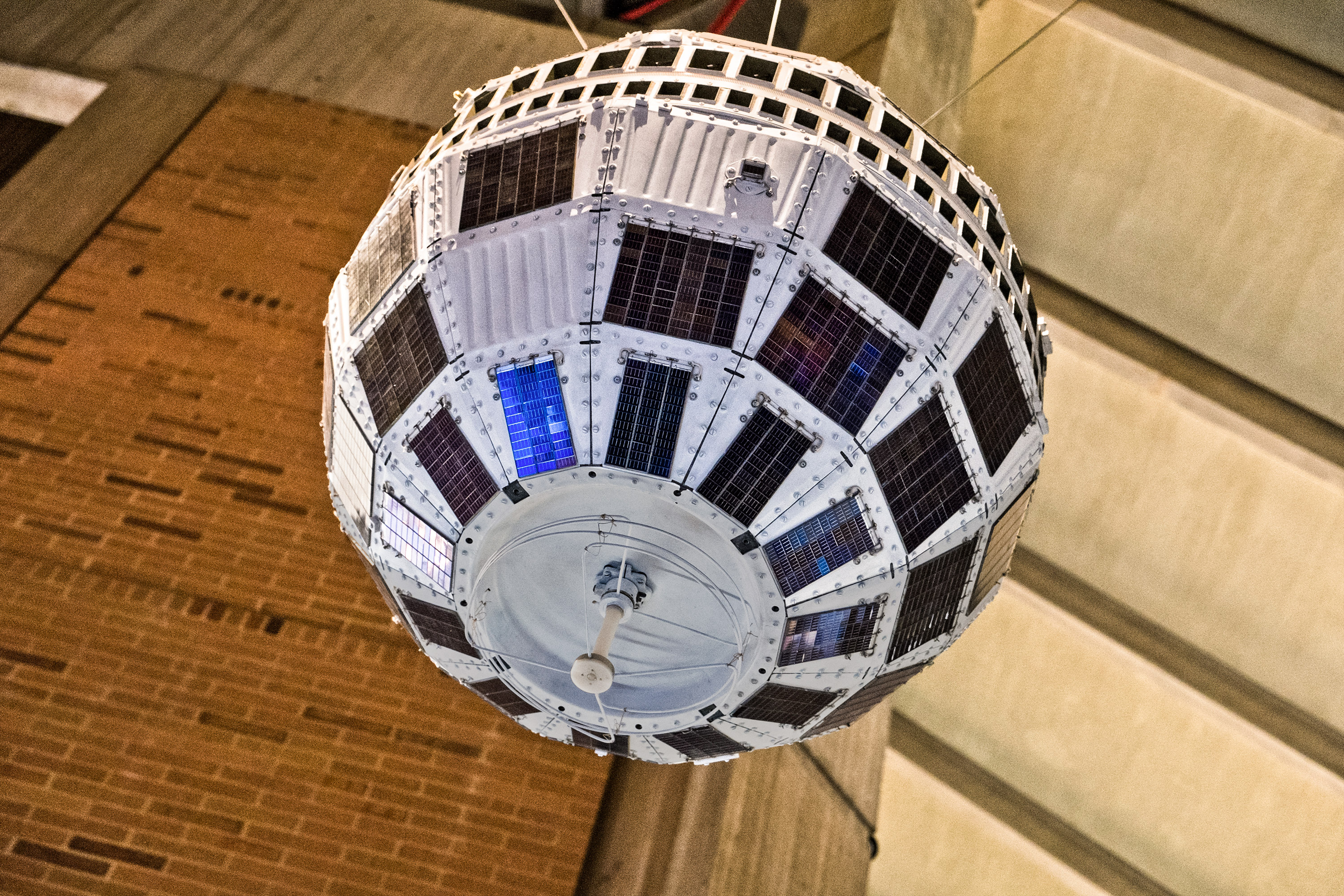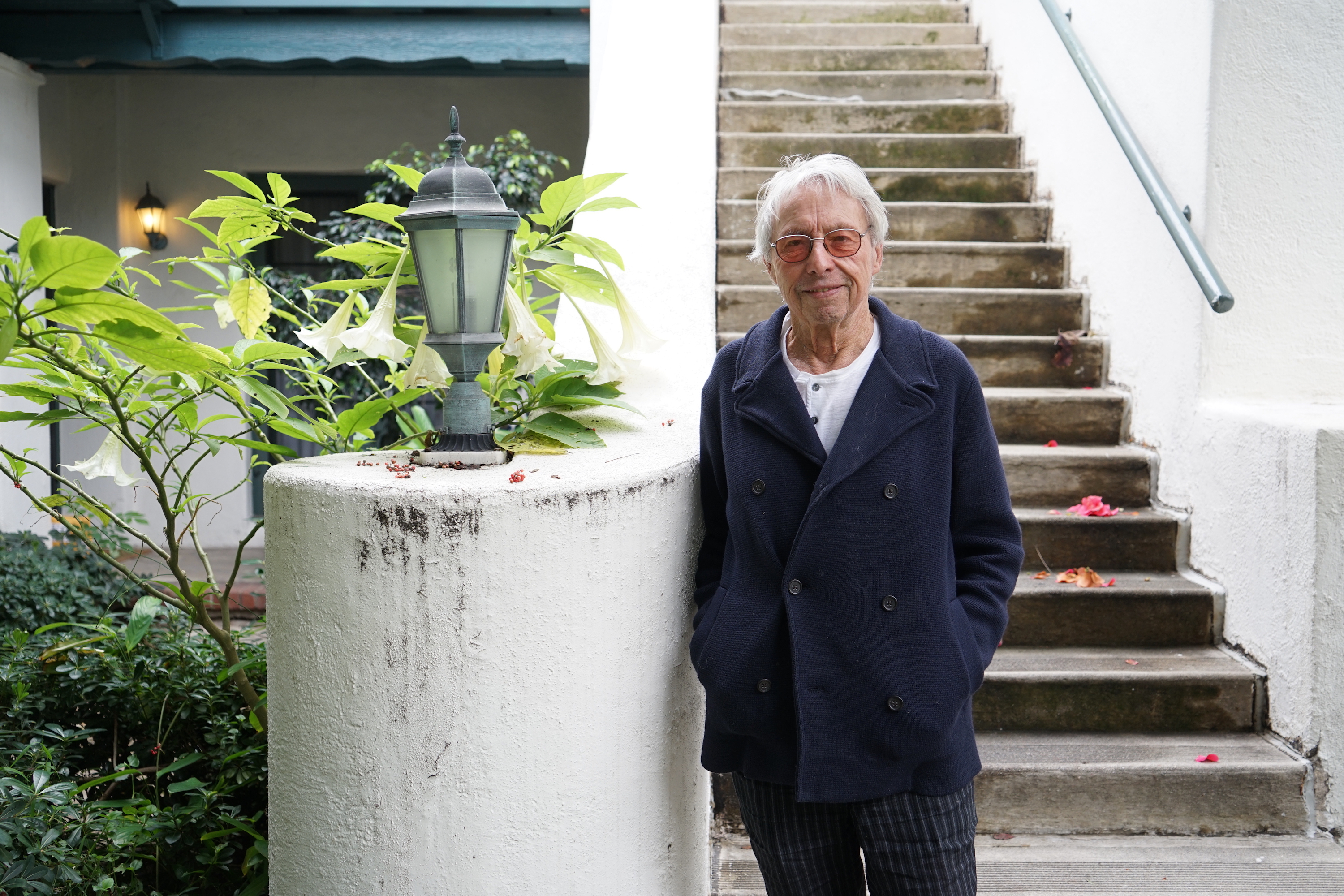Staring at Silence: How to Listen to Quiet Music
How do you go about listening to some of the quietest music ever recorded? Very carefully, writes Jeff Siegel
Composer Christian Wolff, of roughly the same vintage and scene as John Cage, wrote a piece called “Stones” in 1968, a bit of prose commanding an unspecified number of players, sternly but evenly, to “draw sounds out of stones.” In 1995, Burkhard Schlothauer had a handful of musicians over to his apartment to record the piece, releasing the results as the work of the Wandelweiser Komponisten Ensemble.
Someone’s excitement about this idea probably depends on the likelihood of them asking, “Who would do this... and why?” I hit “play” and left to run some errands. An hour later, I noticed it had ended without realizing it had begun.
I tried again on the way back home, boosting the volume to levels that would otherwise be painful, and tried to listen as closely as I could. Later, buried under blankets, with a pillow over my head for journalistic integrity, I could finally make out the interlocking near-rhythms and shifting tones of the stones being banged, tapped, scraped and rubbed, often barely noticeable without enough strain to make me wonder if I was hearing things. But out in the world with it, I found myself focused intently on the sound of my own breathing, of my feet hitting pavement, of passing conversation. At one point I heard the clack of a stone banged against a surface too close to my head to be from outside, which was immediately flattened by a moving truck off to my left.
In 1958, Cage asked, “Which is more musical, a truck passing by a factory, or a truck passing by a music school?” Was this truck an unwitting performer? Does asphalt count as stone? My initial response, for what it’s worth, was that I was a failure at listening, that I’d refused to be still enough to allow space for the small and quiet.
Manfred Werder, composer, performer and Wandelweiser associate, would tell me later that, “a sound (produced by performers) is both attracting attention and immediately heard through its real world (context). A silence (in the sense of the absence of produced sounds by performers) is both attracting attention and immediately heard through its real world (context).” That separation of “real world” and “context” seems important, one as an idea growing out of the other. Or, as fellow Wandelwesier Michael Pisaro put it, “Silence is multiple.”
On the surface, it feels like Wandelweiser should be the sort of group that has a manifesto or uniforms. It doesn’t. Their membership is both geographically far-flung (Pisaro teaches at CalArts, Werder’s in Frankfurt, Antoine Beuger runs the office in Haan, Radu Malfatti’s in Austria as far as I can tell, etc.), and fluid, meeting and separating over years and ensembles. When any of them, in whatever form “they” exist as a unit, talk about Wandelweiser publicly, they do so clearly only as themselves.
So it might be the most remarkable thing about them that, over two decades and dozens of releases, they’ve managed to maintain something that seems so monolithic. Their playing and composing revolves around just a few core ideas about silence and duration, and the extremes of each. They stick mainly to instruments that specialize in long, unbroken tones – Malfatti on his trombone, Jürg Frey on violin – or ones that hit suddenly and decay endlessly – Weder’s piano, Pisaro’s guitars.
In the early ’90s, a group of souls – among them Bueger, Schlothauser and composer-performers Kunsu Shim and Chico Mello – bonded over a love of Cage and Morton Feldman, pillars of the avant-garde that, in those pre-Internet days, were much less easily discovered. It might be easiest to understand Wandelweiser's music as an uneasy combination of the two: the rules and dice rolls of Cage, and Feldman’s horizon-making lengths, attentive quietude and singular vision. That would get you somwhere, but beyond the conceptual games, there’s a fire under this music, something confrontational.
It’s easy to miss. But it’s there in the long, low tones of Radu Malfatti’s trombone and Jürg Frey’s violin: ebbing in slowly out of vast seas of silence and inactivity, until they become overwhelming, held for lengths of time that would be physically unendurable for most. It’s in the tiny, slow depressions of Eva van Houten’s organ work, existing mostly at the very highest or lowest registers, avoiding the easy middle, because someone should.
The Wandelweiser group have recorded Luigi Nono’s works a relatively scant few times, but he feels like the linchpin of what they do. Nono was an old-timey radical. His titles are peppered with references to communes, utopias and Marx, Marx, Marx; his music swings from one extreme to the next, then halting everything in a thousand-yard stare. While there’s not much text from Nono himself, it's obvious he had a clear vision of what “radical” meant.
I attempted to get at this with a few Wandelweiser associates, by asking them about audience expectation, which is a question that surely only gets dumber every time it’s asked. Sure enough, to a one they were equivocal and abstract. Malfatti: “I only consider my own likings and dislikings. To be honest, I think that it is certainly not helpful to [anticipate an audience], maybe even harmful. Or impossible.” Pisaro: “For me, in the best situations no one is controlling this relationship; it develops its own particular course.”
Fair play, but regardless, Wandelweiser music is music in extremis, at the very edge of information-less, digital nothing. It’s an ongoing act of intense discipline and requires the sort of physical restraint that could leave one sore afterwards. It’s not that it’s difficult to listen to, necessarily, but it is often difficult to hear, in a way that seems to demand its own empty space, full in the knowledge that that’s simply not possible, or even necessary. It’s the often warm, enveloping silence that, while not making their music special in isolation, points up what’s so special about it. Or, as Malfatti put it, “This music is in my opinion so fascinating because it helps us to learn so much about the essence of sound(s), the inner life of music itself and our own.”

